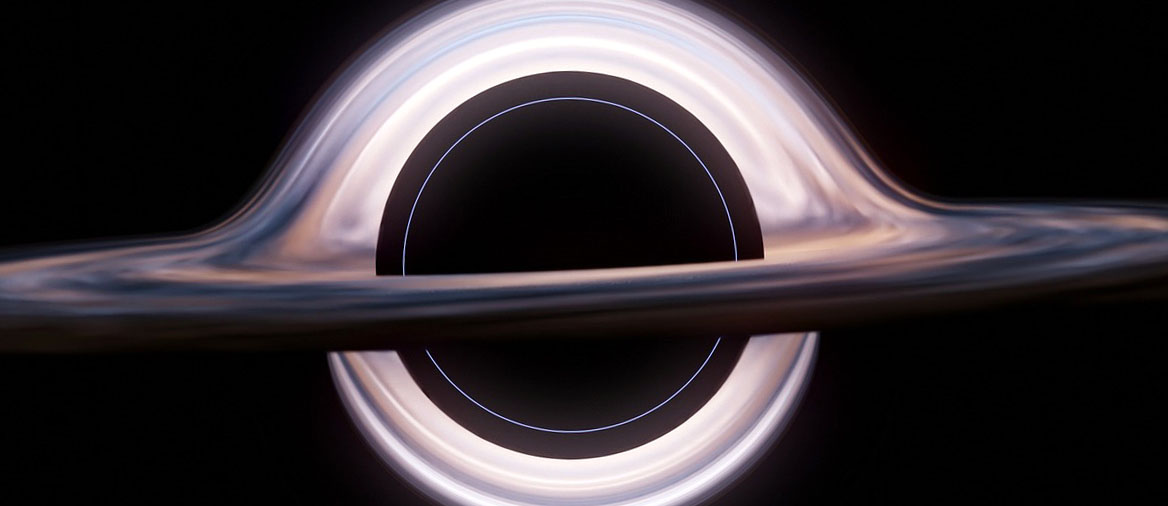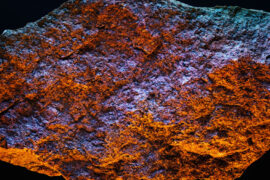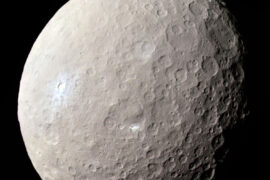Introduction to Black holes
“A point of no return” – how many times have we heard this phrase used in conversations, movies, or books? It is often used to talk about arguably the most intriguing and mysterious entities in the cosmos: Black holes.
The concept of black holes has managed to maintain its enigma over the centuries since the British astronomer, John Michell, theorized their existence in 1784. Later, after Albert Einstein published his theory of general relativity, the concept became more certain. But it was until 1971 that the first black hole (Cygnus X-1) was finally discovered.
Black holes are regions of space where gravity is so powerful that nothing, not even light, can break free from it. In essence, they are objects so dense that their gravitational pull is overwhelming.
Formation of black holes
To understand why black holes exist, we must first examine how they come into being. Black holes form out of a massive star.
When a massive star – often 20 times or more massive than the sun – exhausts its nuclear fuel its pressure drops, causing the star to “collapse” under its own gravitational force. This results in a massive explosion that we know as a supernova.
After the supernova. the outer layers of the star are expelled into space, while the core contracts. This increases the core’s mass exponentially, and this, in turn, amplifies its gravitational force.
At some point the core also collapses under its own gravity, creating a singularity and a black hole, an object with a gravitational pull so intense that nothing can escape it, not even light.
Why do black holes exist?
The existence of black holes is a consequence of the fundamental laws of physics. In 1915, Albert Einstein introduced the concept of spacetime curvature, wherein massive objects like stars and planets warp the fabric of spacetime around them. Black holes represent the most extreme manifestation of this curvature.
Black holes exist because as a supermassive star collapses into a single point with immense gravity, the spacetime curvature in that region becomes infinite. That point is a singularity.
It was long debated whether Black holes could even exist. Even Einstein believed they were not possible because he thought that the star would find a stable point before fully collapsing.
Types of black holes
Black holes are mainly classified into three categories based on their mass and size: stellar black holes, supermassive black holes, and intermediate black holes.
Stellar black holes are formed by the gravitational collapse of a massive star and their masses range from about 3 to several tens of times the mass of the Sun. Supermassive black holes, residing at the center of most galaxies, including our Milky Way, are gigantic, with a mass equivalent to millions or billions of suns. The question of how they formed remains one of the biggest unresolved issues in astrophysics.
Intermediate black holes, as the name suggests, are mid-sized black holes whose existence is still under debate as evidence for them is not as strong compared to the other two types.
Summary
- Black holes form when a massive star dies and its core collapses
- When the star collapses, it creates a point with so much mass and so much gravity that a black hole is created
- Black holes exist because that single point infinitely curves spacetime







